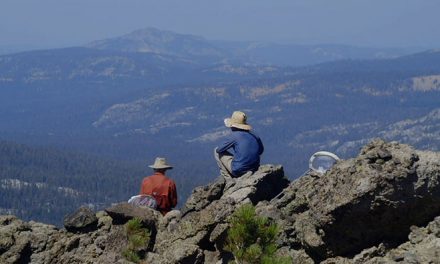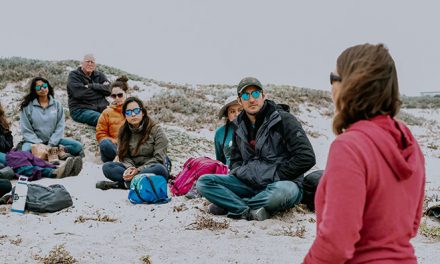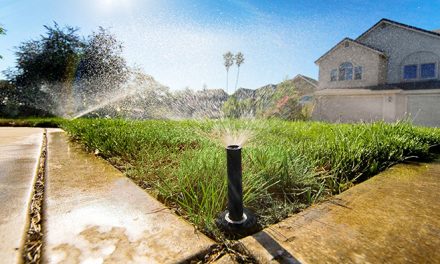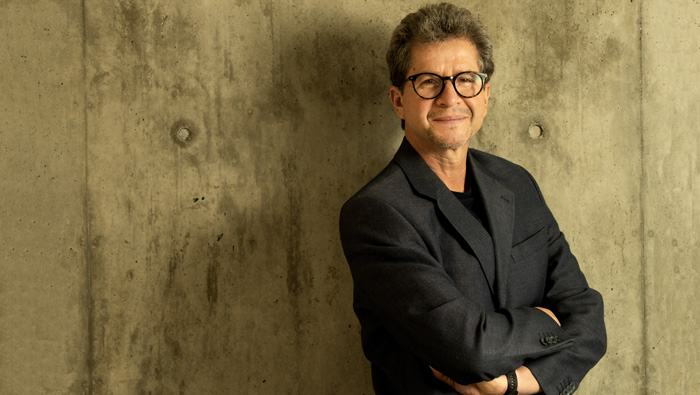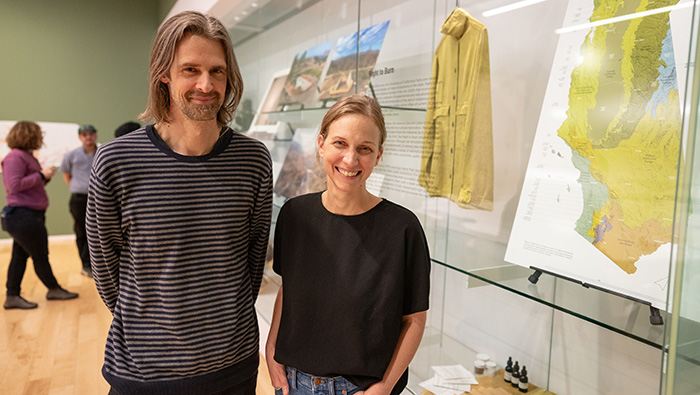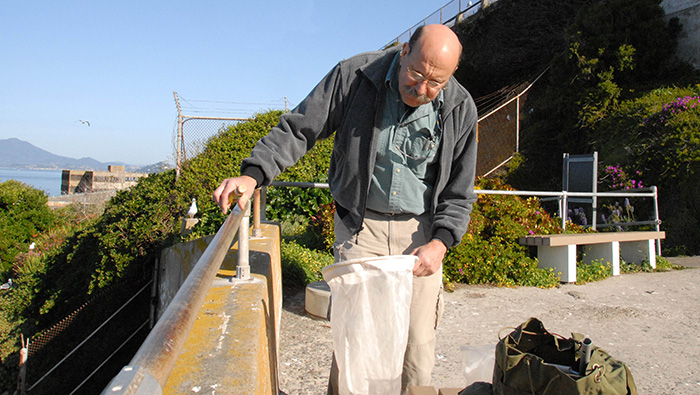
Meet the Forensic Entomologist
Robert “Bob” Kimsey ’76, Ph.D. ’84, is also known as “Dr. Death.” On Picnic Day each year, the assistant adjunct professor sets up a booth in Briggs Hall and educates visitors on the importance of entomology in forensic cases. Kimsey, who dedicated his career to researching public health entomology, arthropods of medical importance, zoonotic disease, and the biology and ecology of tick-borne pathogens, stumbled into forensic entomology rather serendipitously.
Forensic entomology is a branch of forensic science that involves the study of insects to provide information for legal or criminal cases. Forensic entomologists may examine the insect evidence at a crime scene to determine factors like the time and location of death.
Kimsey started in forensic entomology while living in Boston and working at the Harvard School of Public Health. Kimsey’s research efforts then focused on tickborne zone disease. His research was so significant that lawyers on the Dorothea Puente homicide case asked for a report explaining the implications of the insects associated with the evidence. Puente was charged with nine counts of murder in the 1980s in Sacramento.
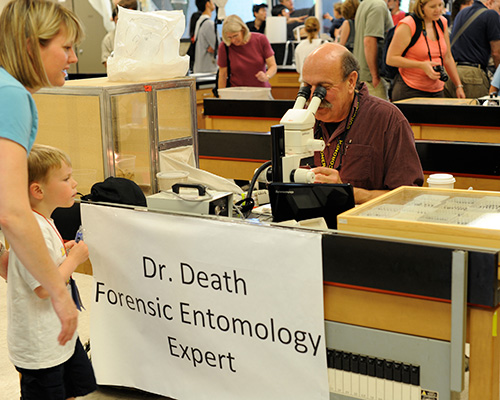
Kimsey explains his research every year to visitors at Picnic Day. (Kathy Keatley Garvey)
“I got a bit of a reputation and started helping out on cases of this particular kind on the side,” he said, adding that his career as a forensic entomologist only grew from there. After returning to Davis, Kimsey worked on several cases for the Sacramento County Coroner’s office. “About that time, I turned my laboratory around from working on ticks to forensic entomology.”
Although forensic science was a new addition to Kimsey’s career, entomology certainly was not.
“Diversity interested me in entomology, to begin with, but in reality, I’ve always been a biologist. I was sort of born that way. My father was always coming home with a really cool snakeskin or interesting biological artifact,” Kimsey said. “We moved a lot as a kid, and the one consistent feature was biology.”
Kimsey moved more than 12 times before the 12th grade, and after leaving the army as an instructor at the Academy of Health Sciences at Fort Sam Houston, he attended UC Davis, where he received his bachelor’s and doctorate degrees.
Kimsey and his wife, Lynn, distinguished professor of entomology and former director of the Bohart Museum of Entomology, have — with a few brief exceptions — been in Davis ever since returning from Boston. “There’s been interludes in other places. We did our research projects in Panama and have been back in Boston. But Davis is certainly a very unique place. It is a little community given almost entirely to academics.”
Although retirement is on the horizon, Kimsey said he is not finished yet. He currently teaches medical entomology and the biology of parasitism at UC Davis. Additionally, his laboratory recently had a major breakthrough. Kimsey and team discovered that the Evapotranspiration Rate (ET0) of a given geographic region directly regulates the decomposition rate of dead animal matter. This rate is primarily affected by insect activity, with ET0 encompassing five climatic factors crucial for agriculture: wind, altitude, sunlight intensity, temperature, and humidity. He plans to further publications on this material before starting his next chapter.


